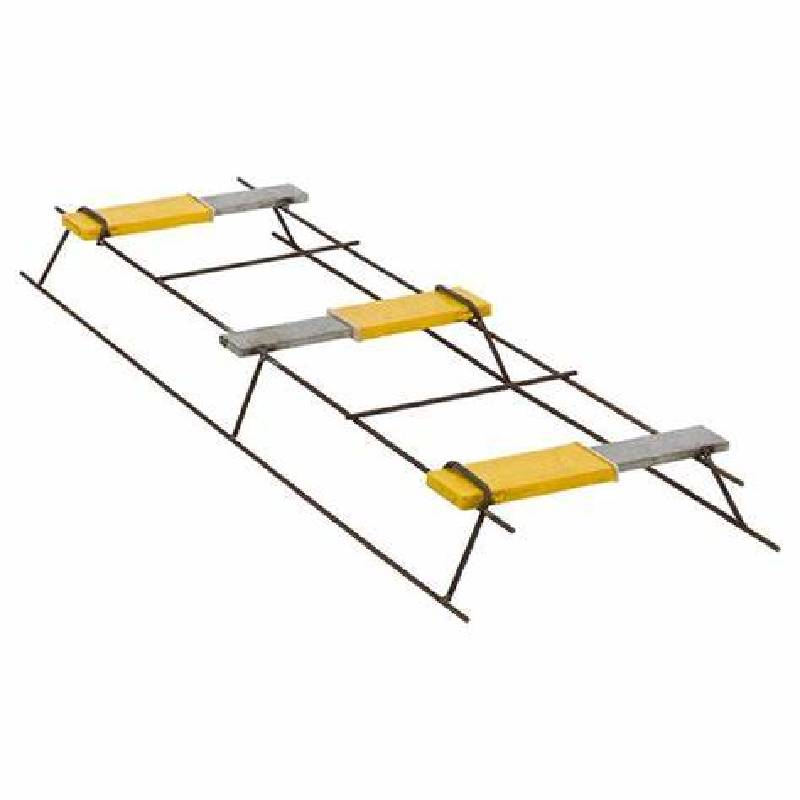
- Mobile Phone
- +8613931874955
- sales@cntcmetal.com
Understanding the Cost Factors Associated with Installing Cattle Fencing for Your Property
Understanding the Cost of Cattle Fences A Comprehensive Overview
When it comes to livestock farming, particularly cattle ranching, the need for effective fencing cannot be overstated. Fencing not only serves to enclose a designated area for cattle but also plays a crucial role in ensuring the safety and security of both the animals and the land managed by the rancher. However, one of the most pressing concerns for cattle farmers is the cost associated with installing and maintaining these fences. In this article, we will explore the various factors that influence the cost of cattle fencing and provide insights into making informed financial decisions.
Types of Fencing Materials
The cost of cattle fencing can vary significantly depending on the type of materials used. Common options include barbed wire, electric fences, wooden posts, and vinyl fencing. Each material comes with its own set of advantages and disadvantages relating to durability, maintenance, and overall cost.
1. Barbed Wire Fencing This is one of the most economical options available to ranchers. Barbed wire is effective in containing cattle and is relatively low maintenance. The average cost of barbed wire fencing can range from $1 to $3 per linear foot, making it a popular choice for many farmers.
2. Electric Fencing This type of fencing offers a more modern approach, employing electrical current to deter cattle from crossing boundaries. Although the initial setup for electric fencing can be higher—ranging from $1.50 to $5 per linear foot—its effectiveness at preventing escapes and controlling grazing can save money in the long run.
3. Wooden and Vinyl Fencing These materials tend to be more aesthetically pleasing and offer a higher degree of durability. However, the costs can escalate quickly. Wooden fencing typically costs between $3 to $12 per linear foot, while vinyl fencing may run from $10 to $30 per linear foot, depending on the quality.
Labor Costs
cost of cattle fence

In addition to material costs, labor expenses also contribute significantly to the overall cost of cattle fencing. Depending on the size of the property and the type of fencing chosen, hiring professionals can add a substantial amount to the budget. On average, labor costs can range from $3 to $8 per linear foot. Alternatively, ranchers who opt for a DIY approach can save on these costs but must consider the value of their own time and skill level.
Maintenance and Longevity
The longevity of the fencing material will also impact overall costs. While cheaper options like barbed wire might have a lower initial outlay, they may require more frequent repairs and replacements, adding to long-term costs. Conversely, investing in higher-quality materials like wooden or vinyl fencing may entail a higher upfront cost, but they can provide years of service with minimal upkeep.
Location and Terrain
The geographical location and terrain of the ranch can also affect fencing costs. Rocky or uneven land may require additional labor and different fencing techniques, thereby increasing expenses. Furthermore, local regulations and environmental considerations might necessitate specific types of fencing that conform to legal standards, which can further influence costs.
Conclusion
In summary, the cost of cattle fencing can vary widely based on material choices, labor costs, maintenance needs, terrain considerations, and specific regional requirements. For cattle farmers, understanding these factors is critical for budgeting and ensuring the safety and efficiency of their operation. While lower-cost options may appear attractive initially, it is important to weigh long-term durability and effectiveness against upfront savings. By carefully assessing all these elements, ranchers can make informed decisions that contribute to the overall success of their cattle operations.
share:
-
Yard Sign Stakes: Reliable Guardians of Outdoor SignsNewsAug.04,2025
-
Wall Ties: Invisible Guardians of Building StabilityNewsAug.04,2025
-
Resilient Web: The Super Guardian Power of Concrete MeshNewsAug.04,2025
-
Masonry Accessories: A versatile assistant on building foundationsNewsAug.04,2025
-
Iron Binding Wire: the 'invisible reinforcement specialist' in the fields of architecture and industryNewsAug.04,2025
-
Dynamic Spring: The diverse functions and excellent performance of Wire Tension SpringNewsAug.04,2025
-
Your Source for Concrete Wall Ties and Masonry AccessoriesNewsJul.10,2025



















